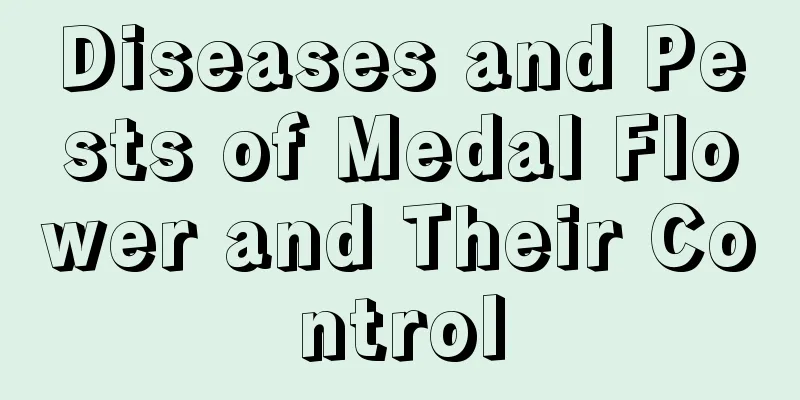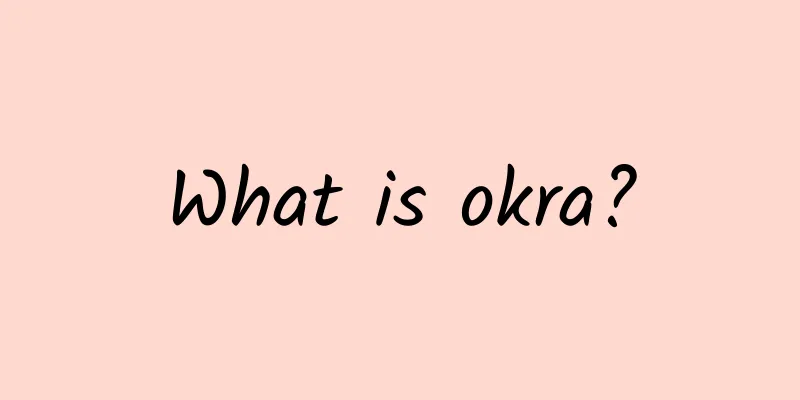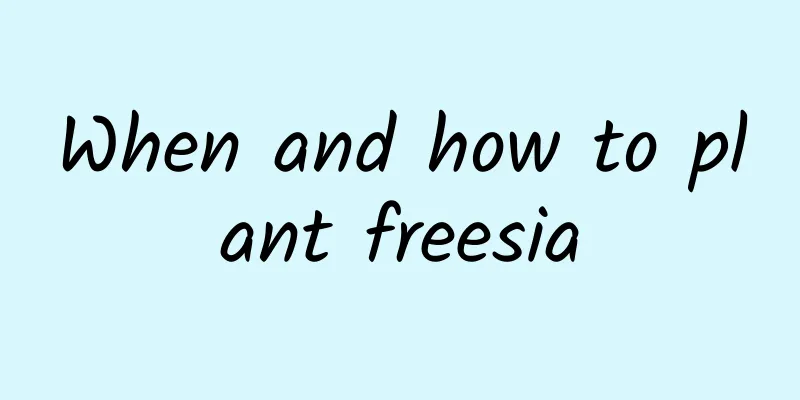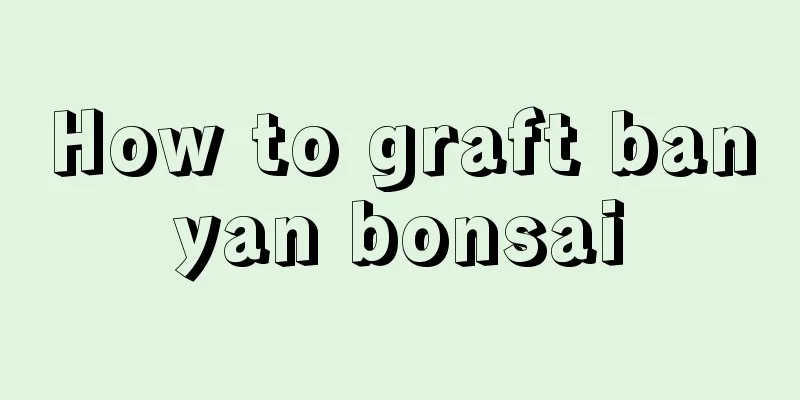Diseases and Pests of Medal Flower and Their Control

Common diseases and prevention methods of medal flowersLeaf spotThe most common disease of medallion flower is leaf spot. Leaf spot disease is actually best treated by prevention, and a combination of prevention and treatment is better. The best way is to take preventive measures before the disease occurs. In daily management, good management and reasonable maintenance are necessary to ensure the healthy and vigorous growth of the medal flower. You can also use 1000 times diluted 25% carbendazim for foliar spraying to prevent leaf spot disease. If leaf spot disease breaks out on the medallion, you can spray the leaves with 800 times diluted 25% carbendazim or 800 times diluted thiophanate-methyl, once every 7 to 10 days, and spray 2-3 times in a row. The effect is very obvious. Botrytis cinereaGray mold can also harm the health of medallion flowers. When gray mold occurs in the medal flower, it can be treated by spraying with 1000 times diluted 70% thiophanate methyl or 1:1:100 Bordeaux mixture. Common Pests and Control Methods of Medal FloweraphidAphids are natural enemies of most plants, and they can also cause considerable harm to medallion flowers. When the medal flower is attacked by aphids, you can catch the insects manually when there are fewer insects, or you can use 2000 times of diazinon solution or 1000 times of dichlorvos solution to spray and treat it, once every 10 to 15 days. Red SpiderRed spider mites are also a common pest that harms medallion flowers. Red spider mites are more likely to break out in hot and humid weather. In daily management, ventilate more, maintain air circulation, and do not give red spider mites the opportunity to reproduce. When red spider mites are discovered, you can use 1500 times diluted 40% oxydemeton-methyl emulsifiable concentrate to spray them. Black red miteBlack red mites are also a common pest of medallion flowers. Black red mites are piercing-sucking pests and can be treated by spraying with imidacloprid and its modified formulations.
|
<<: What are the diseases and pests of potted flowers
>>: Diseases and Pests of Rieger Begonia and Their Control
Recommend
What fertilizer should be used to increase peanut yield?
In order to achieve high yield of peanuts, it is ...
What is the value of the beautiful silk cotton tree
Practical Value of Silk Cotton Tree When the frui...
When and how to prune plum blossoms, how to deal with the wounds after pruning plum blossoms
1. Pruning time The time for pruning plum blossom...
What fertilizer should be used for Clivia and how to propagate it?
1. What fertilizer to use When Clivia is a seedli...
How to care for the Red Heart Mage Succulent and how to grow it well? How to grow the Mage Succulent
The biggest feature of the Red Heart Mage is that...
Can boiled soybean water be used to water flowers directly? The correct way to water flowers
Can boiled soybean water be used to water flowers...
What flowers can be watered with orange juice? Can it be used to water green radish?
1. What flowers can be watered with orange juice?...
When is the best month to plant golden silk gourd?
When to plant golden silk gourd Golden silk gourd...
How to grow chrysanthemum seedlings and what is the best season to plant them
1. How to raise 1. Adequate light: When the chrys...
Poinsettia Diseases and Control Methods
Poinsettia gray mold Gray mold disease often occu...
How many pounds of persimmon are produced per mu?
Persimmon yield per mu Persimmon is a common frui...
How to Make Magnolias Bloom for Christmas
Flowering period of Magnolia It usually takes abo...
What fertilizer is good for jasmine topdressing?
Jasmine topdressing time Generally, jasmine can b...
How much water should be put in hydroponically growing a fortune tree?
1. How much water should be added 1. Before rooti...
How to grow a small cactus potted plant
Small cactus growth habits Cactus is a desert pla...









